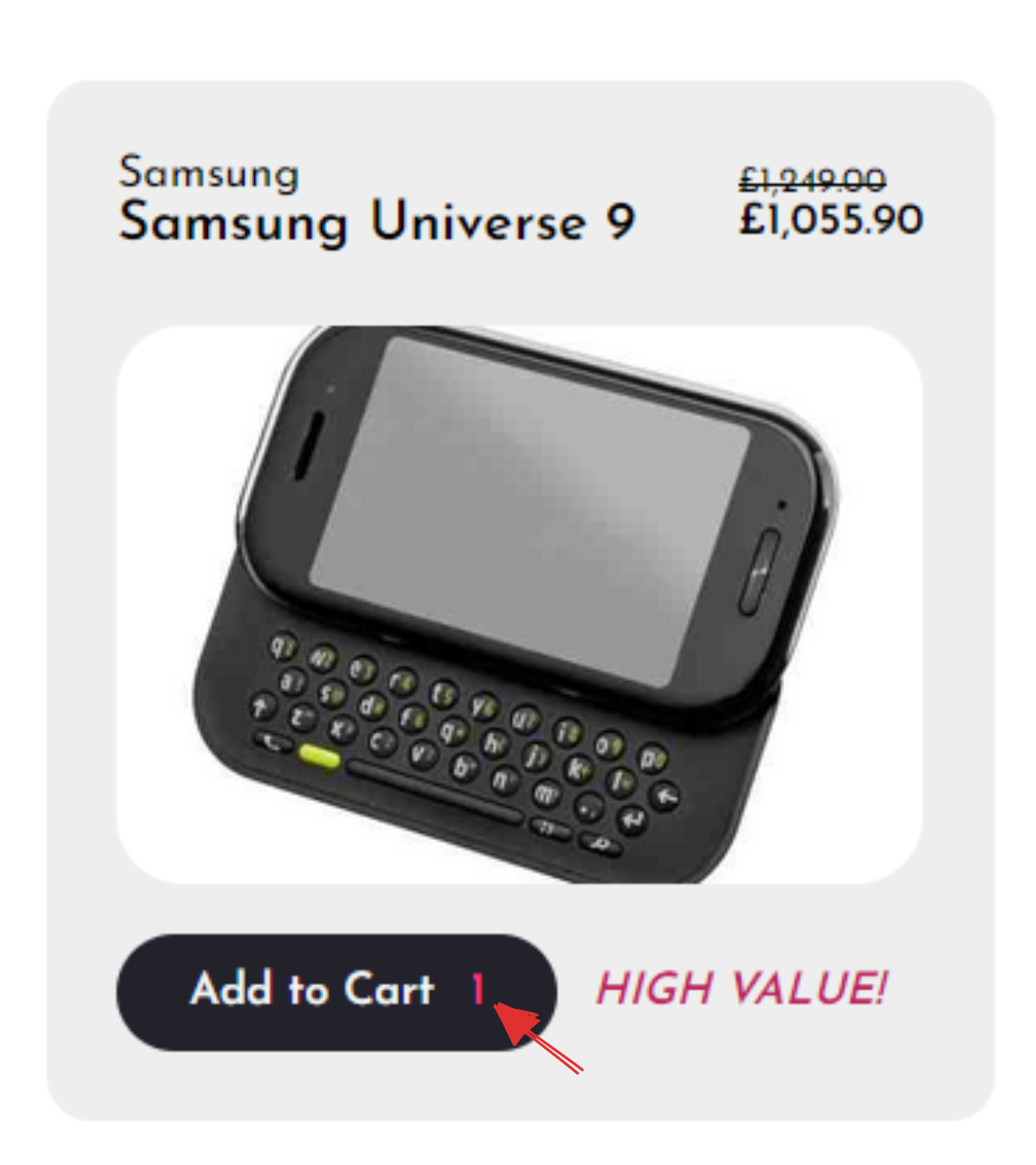This app is built with React, TypeScript, Sass, CSSModules, Vite, Vitest, and Zustand for state management.
This project is hosted at https://kl13nt.github.io/cart-app/ for convenience.
- Getting Started
- Technology Stack & Decisions
- Features
- State Architecture
- Development Environment Tools
- Types
- Configuration options and tools I didn't include because the project isn't large enough
- Clone repo
npm install- Create
.envand addVITE_API_URL=https://dummyjson.com/products
Then run the following commands as needed:
# development, building, and testing
npm run dev # dev server
npm run test # run tests
npm run build # build for production
npm run test:watch # run tests in watch mode with a browser UI
# linting, style checking, and type checking
npm run lint
npm run stylelint
npm run check
npm run tscI used numerous tools to ensure that the code is clean, performant, and tested. The requirements were simple enough that I didn't need to complicate the codebase too much, while allowing me to express my experience and knowledge. Technical decisions in the real world would depend on requirements and the available time-frame.
- React: Required, but I'm also familiar with SolidJS, Vue, Next, and Qwik.
- TypeScript: Bonus, but is my default choice nonetheless.
- Sass: Personal preference and requirements don't force me to go for more sophisticated options.
- CSSModules: I prefer CSSModules over BEM or alternatives because it allows for styles to be scoped to a component without having to maintain a specific naming tree.
- Vite: CRA is deprecated, Parcel doesn't provide as many options, and Webpack is too heavy for this project. Vite is the perfect middle ground.
- Vitest: Great alternative to Jest with a much faster test runner and direct integration with Vite and the whole development environment. I implemented Snapshot Testing, Component UI Testing, and Unit Testing.
- Zustand: An extremely light-weight state management library with performance in mind. Removes the hassle of optimizing React Context, and has a much smaller development overhead than Redux and other alternatives. Also has native support for Redux DevTools, persistence, and other integrations.
Required:
- Fetch products from API
- List products as cards {price in GBP, title, thumbnail}
- Add products to cart button on cards
- List products in cart {thumbnail, quantity, title}
- Increase or decrease quantity of products in cart
- Remove products from cart when quantity reaches 0
- Display total price of cart in GBP with discounts applied
Stretch Goals Achieved:
- Use TypeScript
- Unit Testing
- Design and functionality enhancements
- Toggle-able cart drawer
- Persistent cart state across sessions
- Truly responsive (Scales for all sizes until 320px wide)
- Cart drawer sticky on desktop to feel more integrated in the listing
- Cart displays number of items in cart in header

- Product Cards display original and discounted price

- Product cards indicate quantity of item in cart

- Product cards indicate high value (15%+) discounts

Extras:
- Import path aliases
- Autogenerated TypeScript API types
- Documented environment variables in vite-env.d.ts
- Snapshot Testing
- Component UI Testing
- React, Zustand, and my own code in separate chunks
- Deployed using GitHub Actions to GitHub Pages
- Coverage Reporting
- Design tokens in one place
- Sass breakpoints to avoid repeating media queries numbers manually
- Automatically generated type-scale that respects user preferences (using UTOPIA)
I thought about adding transitions for the cart toggling and cart icon in navbar but I didn't wish to add too many extras.
- ESLint
- Prettier
- Stylelint
On larger projects I would add Husky and Lint Staged (based on team approval) to the mix to ensure that all code is linted, formatted, and tested before being committed. I would also add a CI pipeline to ensure that all code is linted and formatted before being merged into the main branch.
I used Quicktype to generate the types from the JSON response since I don't have the ability to automatically generate them. In a larger, more formulated project I would be able to use OpenAPI specs, graphql schemas, or other means of API type documentation to generate these types.
- SVGR to optimize SVGs
- Integration testing
- Axe-core for automated pipeline accessibility testing
- E2E automated testing
- Storybook for component development and documentation
- React Router for routing
- React Query or alternatives for data fetching